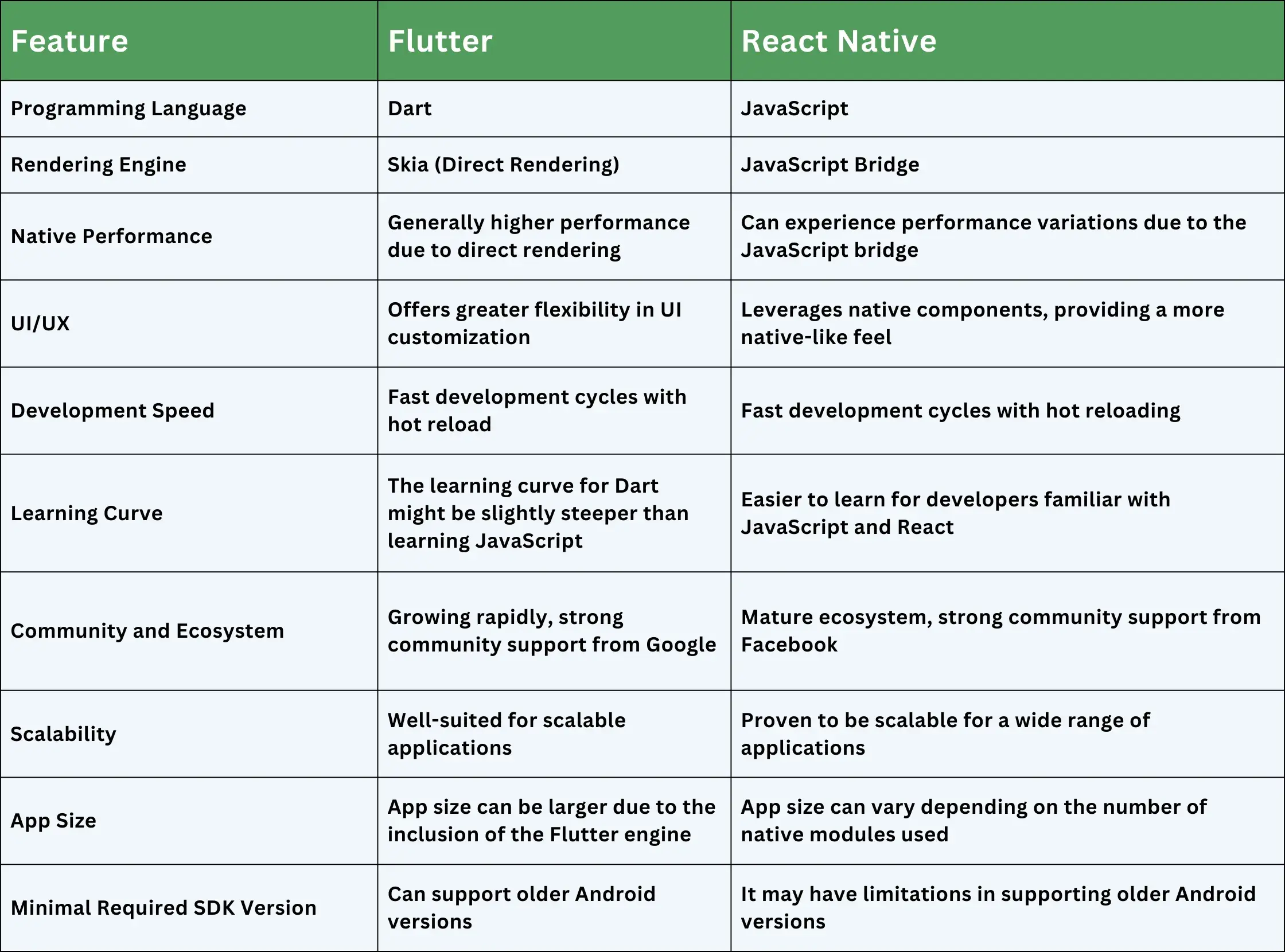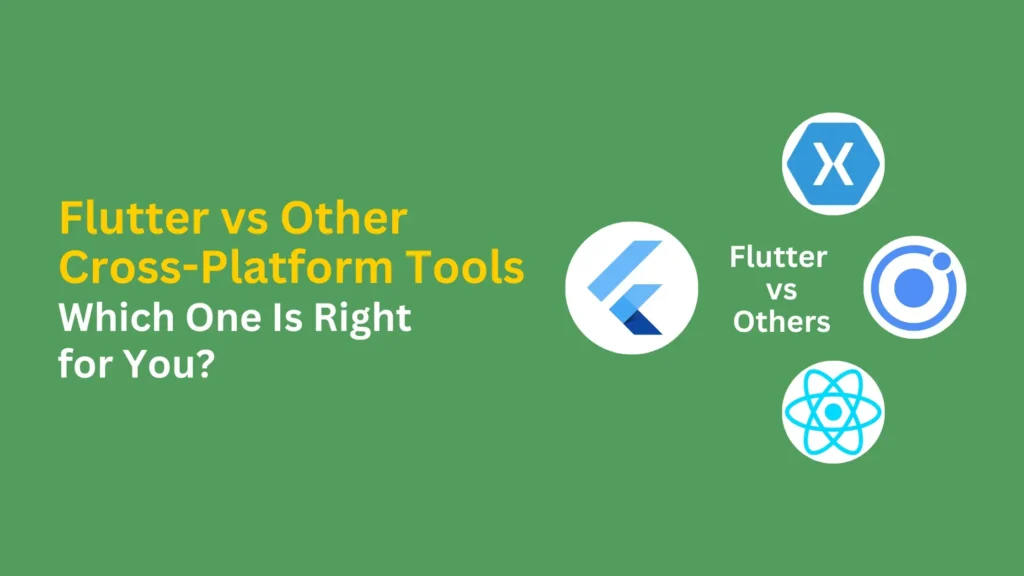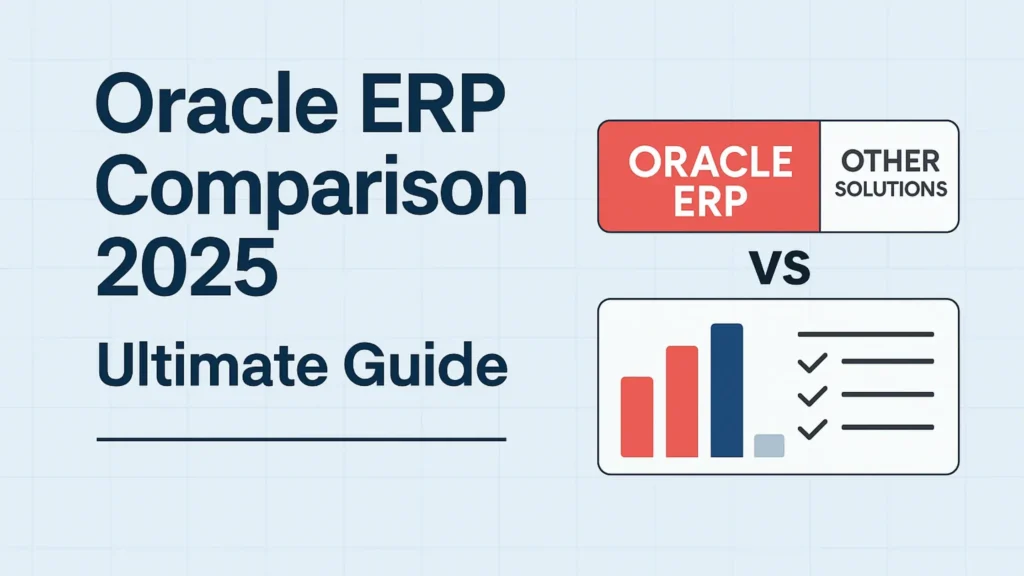Flutter vs. Cross-platform development tools have emerged as game changers in mobile app development. To save time and resources, developers can write code once and deploy it across multiple platforms, such as iOS and Android.
By leveraging the concept of write once, run anywhere, cross-platform tools enable developers to reach a wider audience and reduce development costs significantly. Choosing the right cross-platform tool that aligns with the project requirements and provides efficient development capabilities is crucial.
Understanding Cross-Platform Development Frameworks
Cross-platform development frameworks change mobile app development. Developers can write one codebase that works on both iOS and Android devices. This “write once, run anywhere” approach offers several key advantages:
- Increased Efficiency: This approach simplifies development by combining code for all platforms into one codebase. This leads to faster development cycles and shorter overall development time.
- Reduced Costs: Minimizes development and maintenance costs by reducing the need for platform-specific teams and resources.
- Faster Time-to-Market: Businesses can launch their apps on both iOS and Android quickly, allowing them to reach more users sooner.
- Improved Resource Allocation: Developers can focus on key features and improve user experience instead of getting distracted by details for each platform.
Key Players in the Cross-Platform Tools
Several powerful frameworks have emerged in cross-platform development, each with unique strengths and weaknesses. Some of the most prominent contenders include:
- Flutter: Developed by Google, Flutter uses the Dart programming language and boasts a unique architecture that renders UI directly into the platform’s canvas.
- React Native: Backed by Facebook, React Native leverages JavaScript and React to build cross-platform applications.
- Xamarin: Owned by Microsoft, Xamarin allows developers to build native Android, iOS, and Windows applications using C#.
- Ionic: Ionic is a popular framework for creating mobile applications. It uses web technologies like HTML, CSS, and JavaScript to build hybrid apps.
- PhoneGap: This is an Apache Cordova distribution that allows you to create mobile apps using web technologies. PhoneGap provides a set of APIs to access native device functions like the camera, GPS, and file system. It acts as a bridge between web applications and mobile devices.
Flutter: A Deep Dive
What is Flutter?
Flutter is a free software toolkit for building user interfaces. It was created by Google.
It utilizes the Dart programming language, a modern, object-oriented language known for its fast compilation times and strong type safety.
Flutter’s unique architecture renders UI directly into the platform’s canvas, eliminating the need for a JavaScript bridge (as seen in React Native), resulting in significantly improved Performance.
Key Features of Flutter:
- High Performance: Due to its direct rendering engine, Flutter delivers smooth animations, fast rendering speeds, and exceptional overall Performance.
- Hot Reload Feature: This lets developers quickly see the results of their code changes in a running application. This speeds up the development process.
- Rich UI Library: It provides many customizable widgets. These help developers create user interfaces that are visually appealing and engaging.
- Cross-Platform Compatibility: Build for iOS, Android, web, desktop (Windows, macOS, Linux), and even embedded devices with a single codebase.
- Large and Growing Community: Benefits from a rapidly growing and active community backed by Google, with a vast ecosystem of libraries, plugins, and third-party tools readily available.
React Native: A Closer Look
What is React Native?
React Native is a framework that Facebook created for building mobile apps. It helps developers build mobile apps that work on both iOS and Android devices. It uses JavaScript and React, a popular library for building user interfaces. It utilizes native components under the hood, providing a more native-like user experience.
Key Features of React Native:
- Large and Mature Ecosystem: React Native benefits from a mature ecosystem with a wide range of libraries, tools, and community support.
- JavaScript-based: JavaScript is a popular and flexible programming language. It helps web developers easily move into mobile app development.
- Strong Community Support: Backed by Facebook and a large, active developer community.
- Focus on Native Performance: Aims to deliver a near-native user experience using native platform components.
Flutter vs. React Native: A Comparative Analysis

Choosing the Right Framework
To make a good choice, ask yourself these questions:
1. What does the project need in terms of performance? (Is it for high-performance gaming or a simple utility app?)
2. What are the user interface and user experience needs? (Do you want complex animations, highly customized interfaces, or a more native look and feel?)
3. What skills does the team have? (Check their experience with Dart, JavaScript, and other relevant languages.)
What is the project’s budget and timeline?
What is the importance of community support and ecosystem availability?
Choose Flutter if:
- High Performance and smooth animations are paramount.
- You require highly customized and visually rich UIs.
- Your team is open to learning a new language (Dart).
Choose React Native if:
- You have a team with strong JavaScript and React experience.
- You prioritize an extensive and mature ecosystem and strong community support.
- Your project requires seamless integration with existing JavaScript codebases.
Considering these factors and the comparison between these tools, here are some general recommendations:
- Choose React Native if you value a strong community, extensive resources, and easy integration with existing JavaScript codebases. It is well-suited for projects requiring access to native features and APIs.
- Opt for Flutter if you prioritize performance, customizability, and a fast development workflow. It is ideal for projects that demand visually appealing UIs and animations.
- Consider Xamarin if you have existing .NET expertise, need access to native APIs, and require a mature development environment.
Ultimately, the choice depends on your project’s specific requirements, your team’s experience, and the trade-offs you are willing to make regarding performance, development speed, and access to native features.
Conclusion
Choosing the best cross-platform tool is crucial to the success of a development project. With its outstanding performance and efficient development capabilities, Flutter is a strong contender. React Native also provides a solid option, particularly for projects that require direct access to native components. Xamarin, PhoneGap, and Ionic offer alternative solutions, each with its unique strengths. By thoroughly analyzing the requirements, performance expectations, community support, ease of use, and available resources, developers can make an informed decision that aligns with the specific needs of their project.
Are we looking to shape your business through Flutter vs Other Cross-Platform Tools? Everite Solutions specializes in helping companies to strategize and achieve their goals. Our expert team of consultants can guide you in leveraging the power of custom software to shape your business roadmap effectively.
Visit our website, www.everitesolutions.com, to learn more about our custom software consulting services. Contact us at email id info@everitesolutions.com or our mobile number +1 404-835-1605 to schedule a consultation and discover how Everite can help shape your business’s future.







